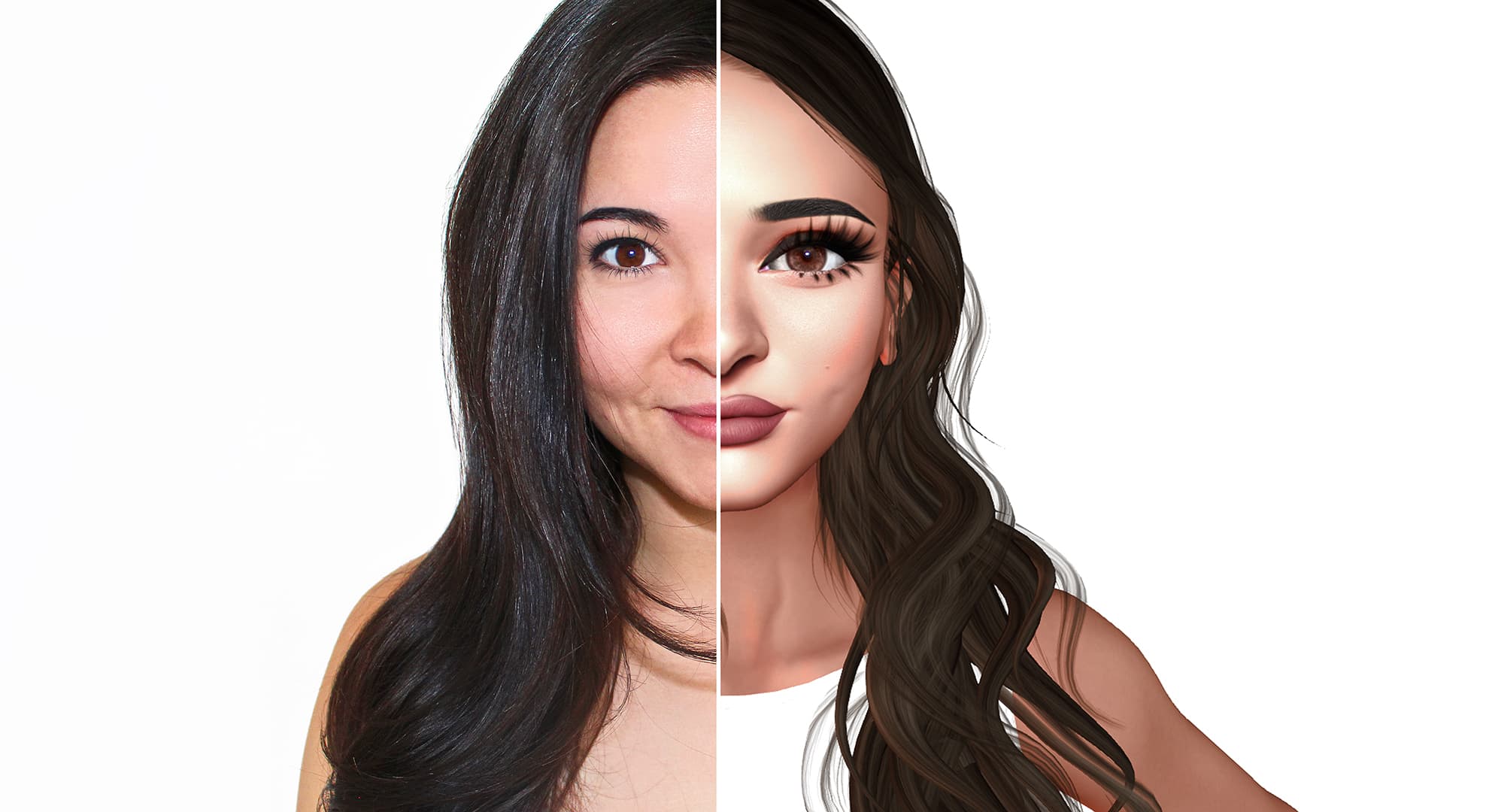 Many people prefer to speak about negative experiences with an avatar, rather than a person.
Many people prefer to speak about negative experiences with an avatar, rather than a person.
If you find opening up to a therapist too daunting, new research shows you’re not alone – and you might soon have a new option.
The Edith Cowan University (ECU) study found 30 per cent of people prefer to talk about negative experiences with a virtual reality avatar, rather than a person.
Researchers compared social interactions where people engaged in VR conversation versus face-to-face.
They used full face and body motion capture technology to create a ‘realistic motion avatar’ that closely mimicked their real-life counterpart, then analysed how people interacted with avatars compared to people.
Psychology and communication researcher Dr Shane Rogers said participants rated their experience on factors such as enjoyment, perceived understanding, comfort, awkwardness and extent that they felt they disclosed information about themselves.
“Overall people rated VR social interaction as similar to face-to-face interaction, with the exception of closeness, where people tended to feel a little closer with each other when face-to-face,” Dr Rogers said.
While VR technology has been around for some time, Dr Rogers said this study suggested that using motion capture to enhance VR could catapult it into our everyday lives.
“This technology has the potential for broad application across a number of areas such as casual conversation, business, tourism, education and therapy,” Dr Rogers said.
“The study found that 30 per cent of people preferred disclosing negative experiences via VR. This means that therapy might be opened up to new people who don’t feel comfortable with traditional face-to-face interactions.
“It might also enable therapists to conduct therapy more effectively at a distance, as a person can be in the therapist room (in virtual reality) while seated in their own home.”
Dr Rogers said he expected in the next five years VR social interaction would become commonplace, rather than niche.
“More powerful computers are becoming more affordable, VR headsets and peripherals are continuing to develop, and more user-friendly VR interaction software platforms are becoming available and being updated,” he said.
Next steps in the research are to further investigate how aspects of the avatar (fidelity of motion and graphics) impact user experience, as well as further investigation of the potential of VR for therapeutic settings.
The paper ‘Realistic motion avatars are the future for social interaction in virtual reality’ is published in Frontiers in Virtual Reality.



